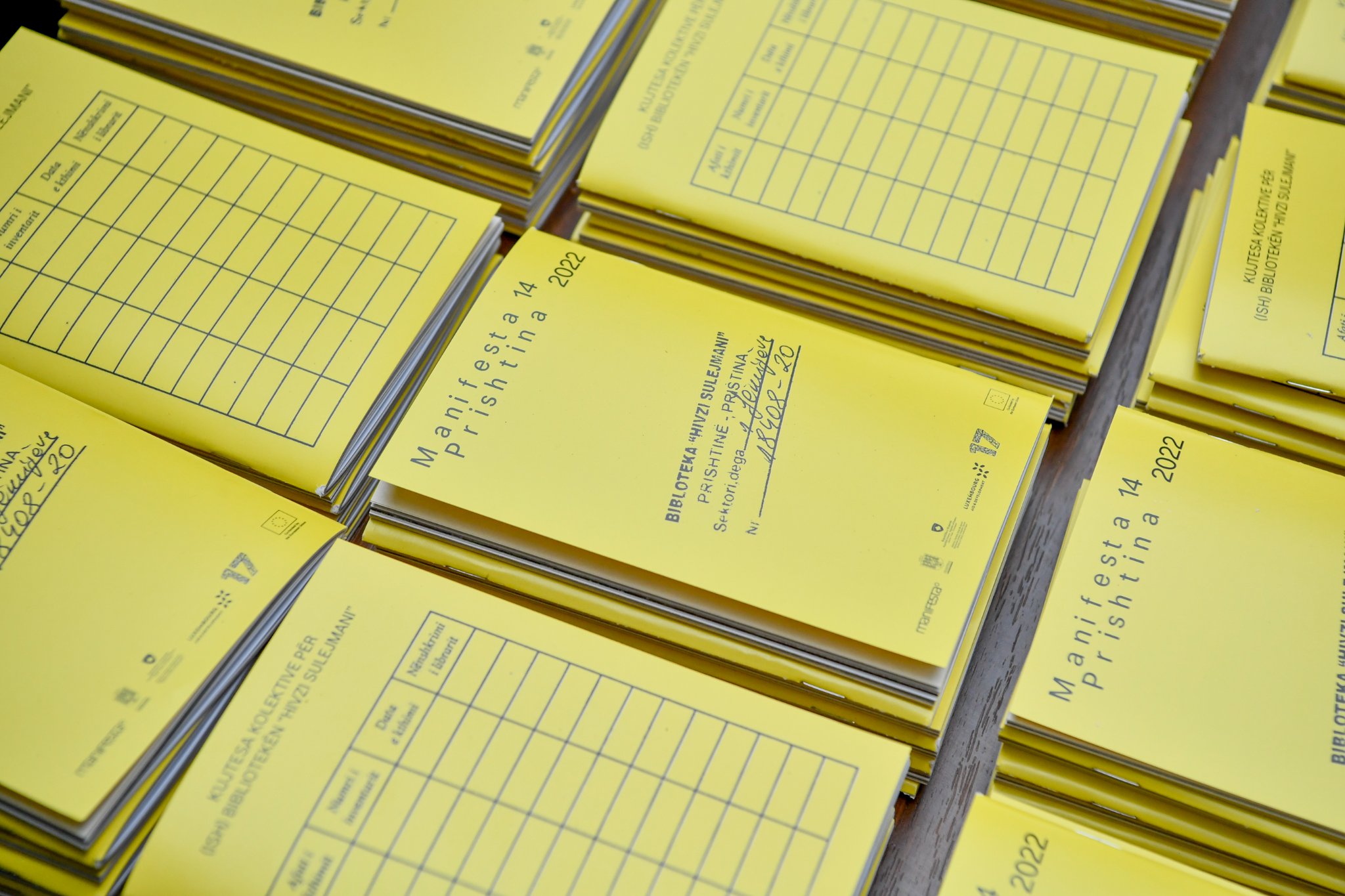Collective memory of the (ex) Hivzi Sulejmani Library
The building known as the former Hivzi Sulejmani Library — which is actually an institution in itself — has not only educational and cultural value but also cultural heritage value. As a library, it was a space that enabled many generations to access various kinds of literature on their journeys of personal development, whereas in architectural terms it is notable for its style and age. It was built in a 1930s residential architectural style with influences from the Austro-Hungarian style, and despite various periods of architectural development and devastation as a result of wars, it nevertheless survived the times.
Analysing its nearly century-old existence helps us to more clearly understand the role of political, social and cultural changes. This overview aims to highlight different perspectives, starting with a brief history of the building’s functions, including the period of its establishment as a library, the institution’s glory days, its challenges and activities. A considerable part of the report is based on interviews that contribute to the collective memory of the library, and on archival material and documents collected during four months of research in 2021.
To help us to understand more complex aspects, social interactions and even cultural phenomena, this research explores how and why certain things have happened by interpreting activities and describing different endeavours.







